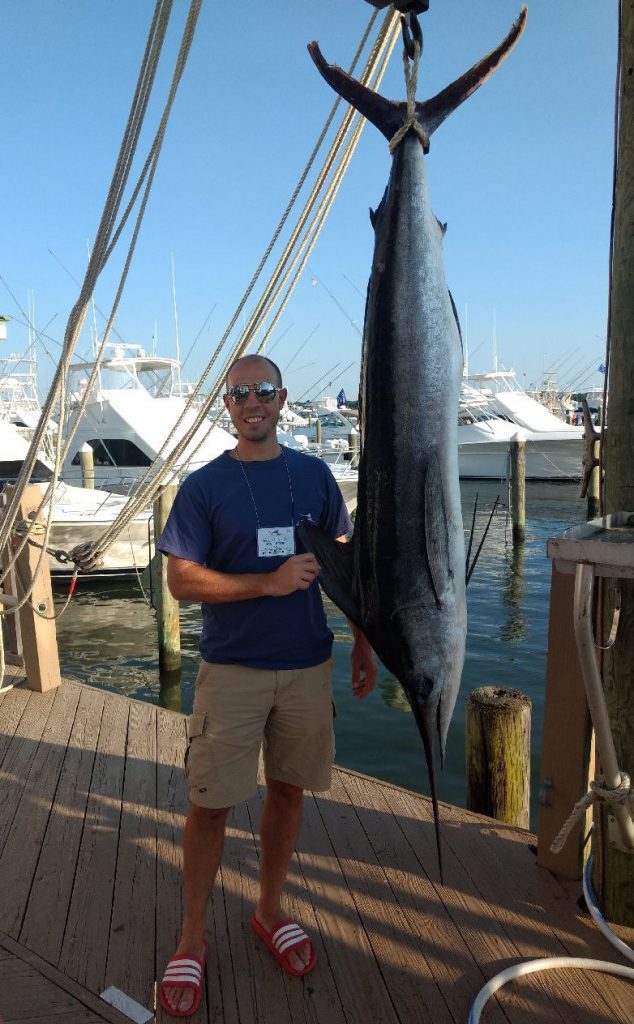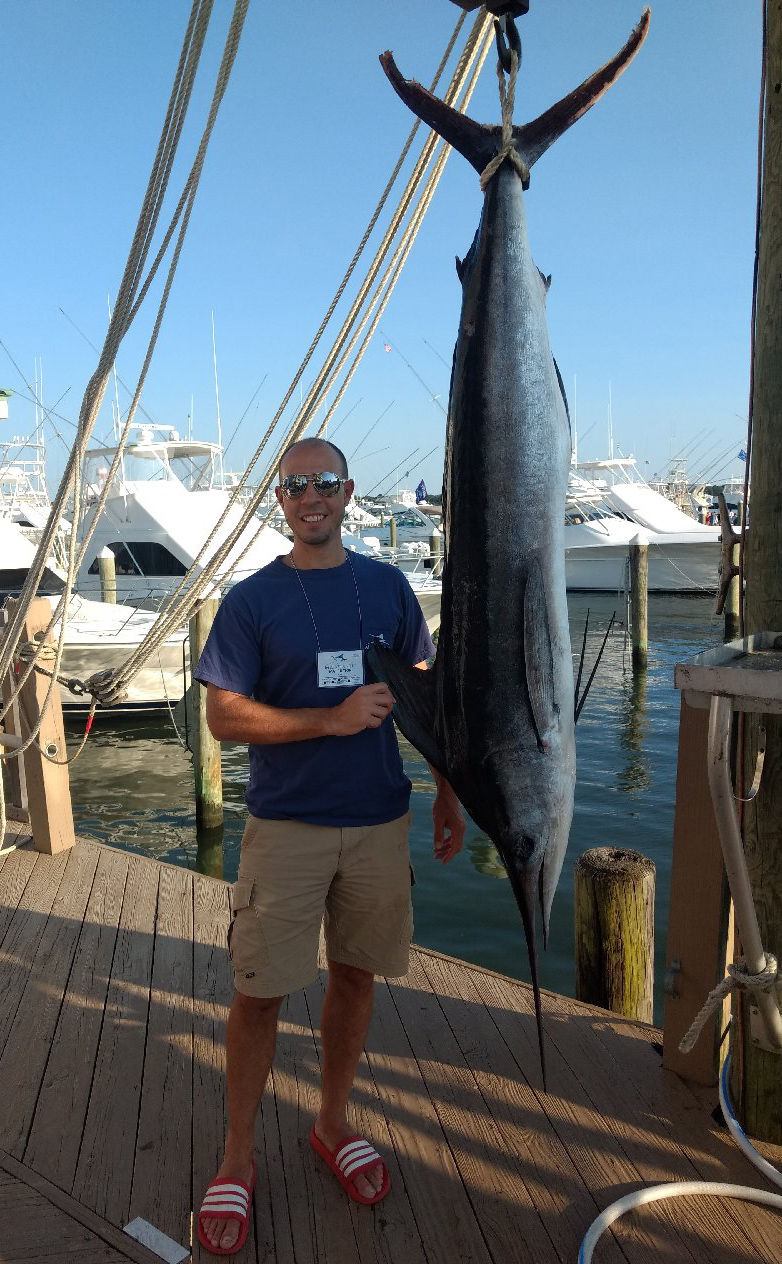Article By: Tony Bartelme | Originally posted: September 5, 2018 | Please click here for original article.
[responsive] [/responsive]
[/responsive]
Above: Matthew Upton, president of Roffer’s Ocean Fishing Forecasting Service. Photo courtesy of Matthew Upton/Provided
The Gulf Stream is a migratory highway for tuna, dolphinfish and billfish, so commercial and sports fishermen often turn to ocean forecasters to give them an edge.
Roffer’s Ocean Fishing Forecasting Service is one of these consultants.
“In springtime, the Gulf Stream is the conveyor belt that allows fish to move northeast,” said Matthew Upton, the company’s president. “You can catch them most of the summer depending on where the Gulf Stream is located, but coming back they may be way offshore (outside the Gulf Stream) or inshore. It changes all the time.”
The current’s reach is surprising to many people. One time a client had an unusual question: If they released a loved one’s ashes in the Gulf Stream off Georgetown, where would the ashes go?
Upton said they were able to show they would drift northeast and then over toward England.
Upton said a gyre — an area of circulating water — off Charleston is a popular fishing spot. “But it varies from day to day. When one eddy moves away, another will form.”
Upton is well aware of studies about the Gulf Stream’s flow slowing down.
“I’ve seen evidence of that trend through the years, but it’s difficult to conclude if it’s outside its natural variability,” he said.
Not up for debate is the Gulf Stream’s power.
“If you’re not a scientist or fisherman, you take it for granted. But it’s a conveyor belt that helps us have seasons and stabilize the earth. It’s why we don’t have overheating and ice ages.”






